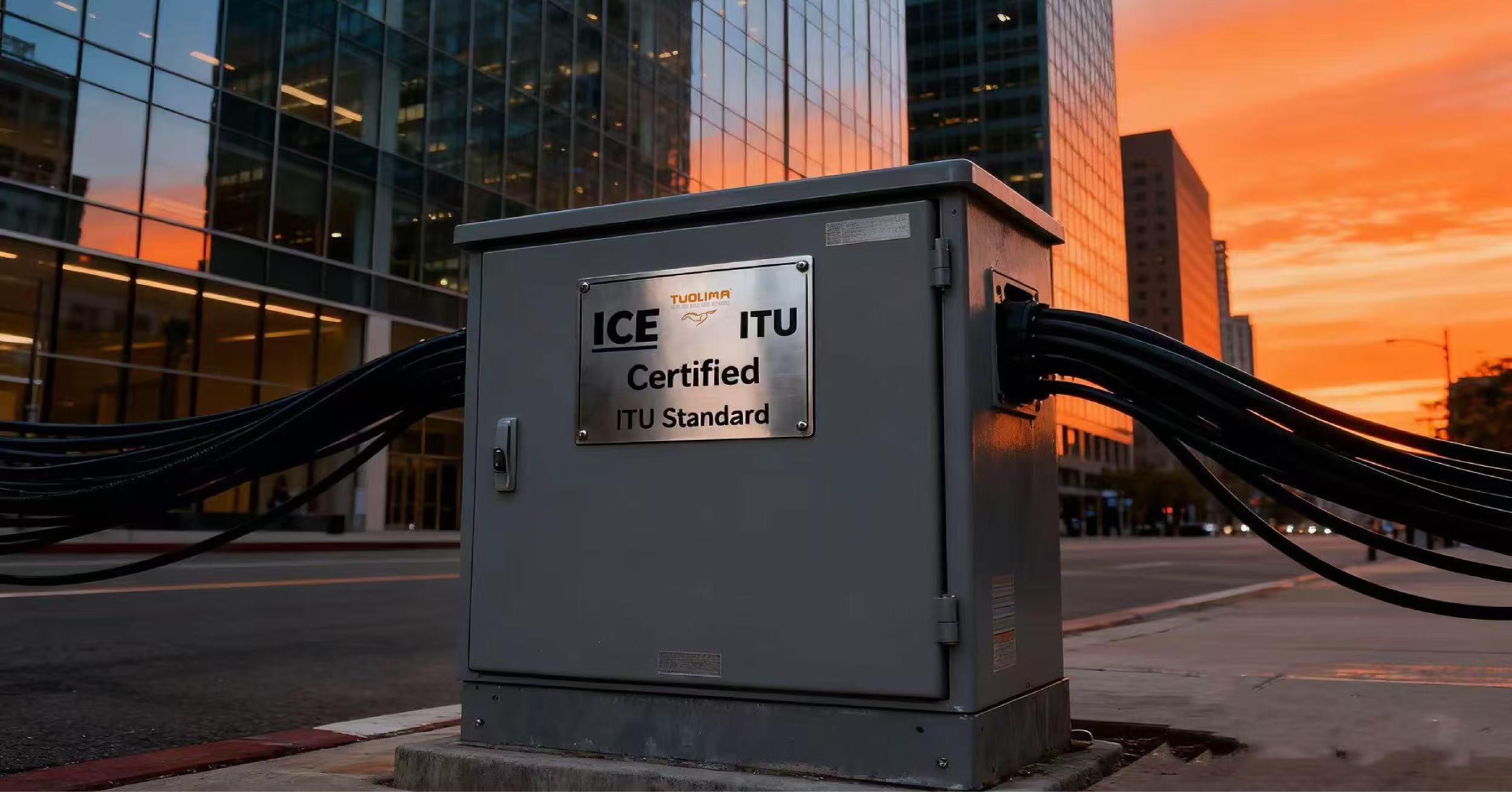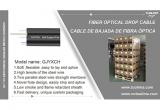
In the increasingly competitive fiber optic industry, the line between high-quality outdoor fiber optic cables and substandard alternatives is often drawn by one key factor: compliance with international standards. Among the most important benchmarks are the IEC (International Electrotechnical Commission) and the ITU (International Telecommunication Union) standards. For global buyers sourcing from China or other manufacturing hubs, understanding these standards is not just technical knowledge—it is a practical safeguard against costly mistakes in network deployment.
Why IEC and ITU Standards Matter
IEC and ITU standards are designed to ensure that outdoor fiber optic cables meet rigorous performance and safety criteria. IEC standards cover aspects such as mechanical strength, UV resistance, flame retardancy, and operational lifespan, while ITU standards focus on optical performance, bandwidth capacity, and transmission loss. Together, they define what it means for a cable to be reliable in long-term field applications.
For instance, an ADSS (All-Dielectric Self-Supporting) cable that meets IEC standards will withstand extreme weather conditions such as heavy storms or ice loads, making it suitable for aerial installations. Meanwhile, ITU compliance ensures that the same cable delivers low attenuation rates and stable performance over decades, which is critical for FTTH (Fiber-to-the-Home) networks, broadband expansion, and backbone telecom projects.
Risks of Non-Compliance
The market today is flooded with low-cost outdoor fiber optic cables that skip essential testing and fail to meet IEC or ITU requirements. These products may seem attractive due to cheaper upfront costs, but they often lead to signal loss, higher maintenance costs, and severe customer complaints. For example, telecom operators in South America who opted for substandard cables reported premature sheath cracking and water ingress, resulting in massive replacement costs within just three years of installation.
By contrast, choosing cables aligned with IEC and ITU standards means investing in long-term stability and lower total cost of ownership. For government-backed telecom projects, utility networks, and FTTH rollouts, this compliance is not optional—it is a requirement.
Application Scenarios: Where Standards Make the Difference
Aerial Installations (ADSS cable): IEC standards guarantee tensile strength and sag performance, while ITU ensures stable signal transmission across long spans.
Direct Burial Installations (Armored Outdoor Fiber Optic Cable): Compliance protects against rodent attacks, soil acidity, and mechanical pressure.
Duct Installations (Microduct and FTTH Cable): ITU-compliant low-loss fibers ensure that densely packed cables still deliver high-speed connectivity.
How Buyers Can Verify Compliance
Buyers should request third-party testing reports and certifications such as IEC 60794, IEC 60332 (fire resistance), and ITU-T G.652/G.657 standards. Reliable suppliers like Tuolima provide full documentation, along with in-house testing for tensile strength, water penetration, temperature cycling, and optical performance.
Why Tuolima Stands Out
As a fiber optic cable supplier in China with over 20 years of industry experience, Tuolima partners only with factories that adhere strictly to IEC and ITU standards. Rather than joining the ongoing price wars that sacrifice material quality, Tuolima focuses on delivering high-quality ADSS cables, armored outdoor fiber optic cables, and FTTH solutions tailored for international markets such as South America, Europe, and Africa.
Our advantage lies not only in supplying reliable cables but also in acting as a solutions partner—offering buyers expert advice, product grouping optimization, and seamless support from project planning to final deployment.
Conclusion
Understanding IEC and ITU standards is not just about technical specifications—it is about ensuring your network’s success and protecting your investment. In a market where shortcuts can lead to failures, compliance defines trust. By choosing partners like Tuolima, buyers gain access to internationally certified products, robust technical support, and long-term reliability in every project.
Whether you are deploying FTTH fiber optic networks, 5G backhaul, or power utility communication lines, make compliance your foundation—and let Tuolima be your trusted supplier for quality fiber optic solutions.
Related Products
IP68 Fiber Optic Splice Closures — Designed to provide secure and reliable protection for fiber optic joints
Aug 02-2024

Enhancing Campus Connectivity: GJYXCH Fiber Optic Cable in Educational Networks
Jan 09-2024

Elevating Urban Infrastructure: GJYXCH Fiber Optic Cable in Smart City Networks
Jan 07-2024